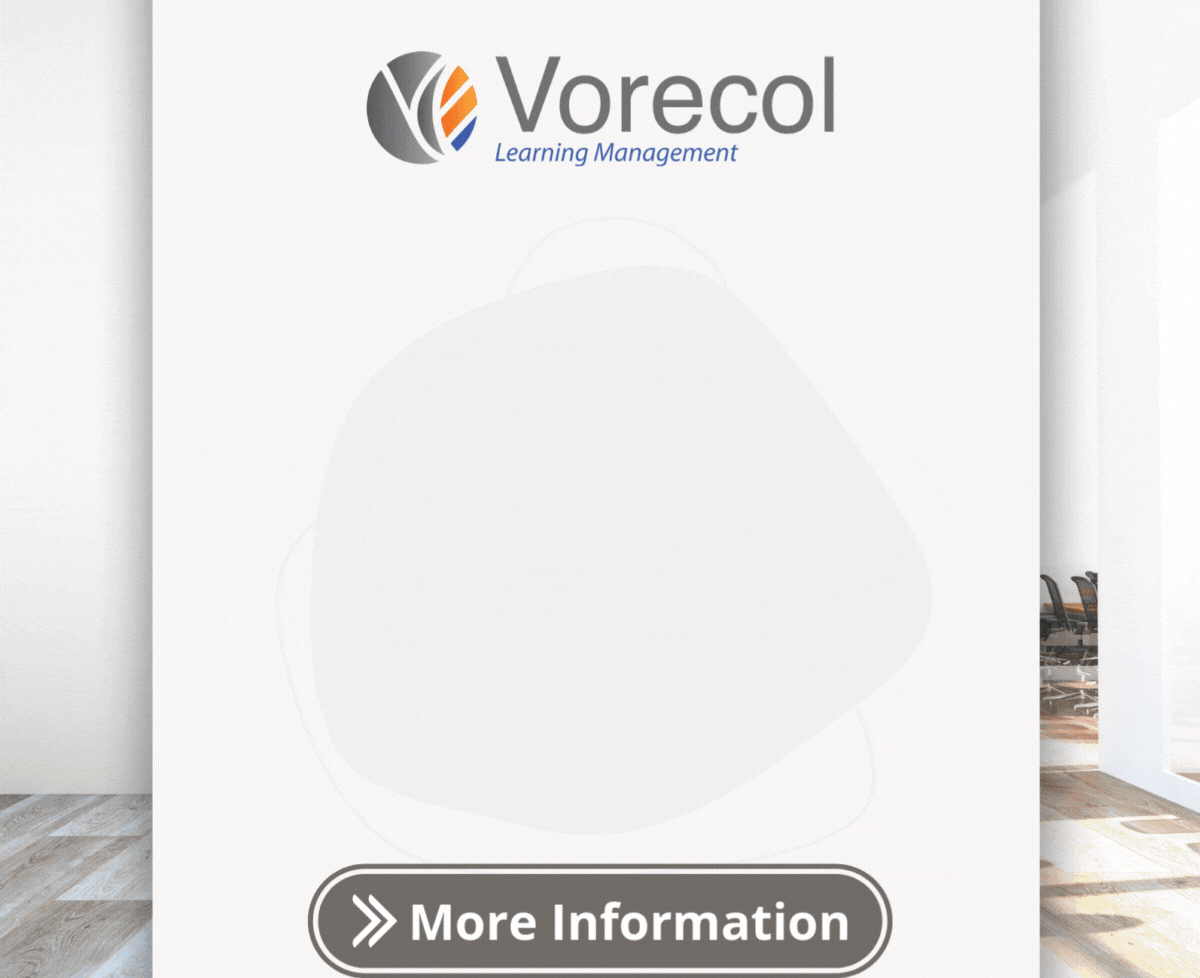Best Practices for Integrating Gamification into Learning Management Systems

- 1. Understanding the Concept of Gamification in Education
- 2. Key Benefits of Gamification in Learning Management Systems
- 3. Identifying Target Audience and Learning Objectives
- 4. Designing Engaging Gamified Content
- 5. Implementing Game Mechanics Effectively
- 6. Measuring Success: Analytics and Feedback Loops
- 7. Overcoming Challenges in Gamification Implementation
- Final Conclusions
1. Understanding the Concept of Gamification in Education
Imagine a classroom where students are so engaged that they can't wait to compete with each other, not just for grades, but for badges, points, and levels, much like their favorite video games. This isn’t a scene from a futuristic school; it’s the reality of gamification in education. Research shows that when game elements are incorporated into learning, student motivation can increase by up to 60%! Gamification taps into our instinctive desires for achievement and recognition, transforming mundane lessons into interactive experiences. This approach not only boosts engagement but also enhances retention of knowledge, making learning more enjoyable and effective.
Now consider how a platform like Vorecol can further amplify this effect with its robust learning management system. By integrating gamification features seamlessly, Vorecol provides educators with tools to create customized game-based learning experiences that resonate with today’s digital natives. Imagine being able to track your progress in real-time while competing in friendly challenges with classmates. Such an environment nurtures collaboration and sparks creativity, turning education into something students look forward to, rather than simply a requirement. Gamification isn’t just a buzzword; it’s a transformative strategy that shapes the future of learning.
2. Key Benefits of Gamification in Learning Management Systems
Imagine a classroom where students eagerly race to complete their assignments, competing for points and badges rather than dreading their homework. This is the power of gamification in Learning Management Systems (LMS). Studies show that incorporating game-like elements can boost engagement by as much as 50%, transforming learning from a chore into an exciting challenge. Gamification taps into our natural desire for competition and achievement, making the educational experience not just more interactive but also more memorable. For instance, platforms like Vorecol Learning leverage these gamified approaches to motivate learners in a way that traditional methods cannot, enhancing both knowledge retention and user satisfaction.
Now, consider this: people retain just 20% of what they hear, but when they engage in an interactive, game-inspired environment, that retention can jump to as high as 90%. This is because gamification encourages active participation, collaboration, and critical thinking—all essential skills in today’s fast-paced world. With tools that simulate real-world scenarios and reward progress, learners are more likely to take ownership of their education. Vorecol’s cloud-based learning module seamlessly integrates these compelling features, supporting organizations to create a dynamic learning culture. Thus, not only does gamification make learning fun, but it also develops essential skills for the workforce of tomorrow.
3. Identifying Target Audience and Learning Objectives
Imagine you're planning a family reunion, and out of the blue, someone suggests having it in a place that has no activities for kids. Suddenly, the excitement dims as you realize that the needs of your audience—from toddlers to grandparents—haven't been considered. This concept extends beyond gatherings; identifying your target audience is crucial in any endeavor, especially in training and development. When you know who you're speaking to, you can tailor your content to resonate with them, keeping engagement high and objectives clear. Studies show that companies that define their learning objectives and understand their audience can boost training effectiveness by up to 45%.
So, how do you go about this? It starts with understanding who will benefit from your program and what they need to achieve. Once you pinpoint the demographics and preferences of your audience, you can set focused learning objectives that reflect their goals. This is where utilizing a cloud-based learning management system, like Vorecol, can really streamline the process. By leveraging such a tool, you can easily gather feedback, track progress, and adapt your modules to meet the evolving needs of your learners, ensuring everyone—just like at that family reunion—feels included and engaged in the learning journey.
4. Designing Engaging Gamified Content
Imagine walking into a classroom transformed into a game zone, where learning becomes synonymous with adventure. Did you know that incorporating gamification into educational content can increase engagement by up to 60%? It's not just about points and badges; it taps into the psychological desire for achievement and competition. When learners immerse themselves in a narrative-driven experience, they are more likely to absorb information and retain it long-term. It’s this compelling blend of fun and functionality that makes gamified content resonate with audiences of all ages.
The secret to designing engaging gamified content lies in understanding your audience’s motivations and aligning them with game mechanics. Think of it as creating a quest that challenges participants while providing a sense of progression. Tools like Vorecol Learning can streamline this creative process by offering a platform that empowers educators and trainers to integrate gamification naturally into their programs. By using elements such as leaderboards, challenges, and interactive scenarios, you’re not just teaching; you’re making learners feel like heroes in their own educational journey.
5. Implementing Game Mechanics Effectively
Imagine walking into a room filled with eager learners, but instead of faces glowing with anticipation, you see a sea of blank stares. It might seem like a typical training day, but what if I told you that implementing game mechanics effectively could transform that energy? Studies show that gamification can increase engagement by up to 80%, making learning not just more enjoyable but also more impactful. By incorporating elements like points, badges, and leaderboards, you can turn mundane tasks into exciting challenges, encouraging participants to strive for mastery rather than just compliance.
Now, picture a platform where these game mechanics are seamlessly integrated into your learning initiatives. With tools like Vorecol's learning in the cloud, you can create interactive experiences that cater to various learning styles, ensuring that everyone stays engaged. It’s not just about throwing in a quiz at the end of a module; it’s about building a journey where each achievement feels rewarding. When learners can track their progress and see their standing compared to peers, it fosters a sense of community and healthy competition. Implementing game mechanics can elevate training from a checkbox exercise to a captivating adventure, leading to deeper retention and application of knowledge.
6. Measuring Success: Analytics and Feedback Loops
Have you ever tried to navigate a new city without a map? You might end up lost, visiting places that don't interest you at all. Similarly, in the business world, measuring success is essential to avoid stumbling around in the dark when it comes to your goals and strategies. Did you know that companies that actively use analytics to track their progress can increase their profits by 20%? That’s a staggering statistic! Integrating the right tools for analytics not only helps decipher what's working and what's not but also establishes effective feedback loops that can guide your decisions and shape your future strategies.
One popular method to enhance your analytical capabilities is utilizing cloud-based learning management systems that combine data and feedback seamlessly. For instance, many organizations are turning to solutions that enable them to gather real-time insights from their training programs and employee performance. By embracing such technology, businesses can continuously refine their strategies and foster a culture of ongoing improvement. Vorecol’s learning module is a great example of how to harness the power of analytics in the realm of human resources, offering valuable insights that drive both individual and organizational success.
7. Overcoming Challenges in Gamification Implementation
Imagine walking into a dull conference room where the energy is as flat as the stale coffee on the table. Now, picture that same room transformed by the power of gamification: colorful charts pop up on screens, teams compete in friendly challenges, and laughter fills the air. A recent study found that over 70% of employees feel more engaged when gamified elements are introduced into training programs. So, what makes those shiny badges and points systems work, and why do so many companies struggle to implement them effectively? It's not just about slapping a leaderboard on the wall; it's about crafting an experience that resonates with the participants, aligning the challenges with their real-world tasks, and making learning not just a necessity but a thrilling adventure.
However, many organizations face significant hurdles in this journey. Lack of buy-in from management, insufficient training on the gamification tools themselves, and the challenge of balancing fun with educational value can derail even the best intentions. To tackle these challenges, consider leveraging innovative solutions like Vorecol learning in the cloud, which streamlines the learning management process. By providing a user-friendly platform that simplifies gamification integration, Vorecol makes it easier to ensure that the objectives of gamified training are met. When teams feel supported and engaged, the transformation from mundane to marvelous becomes not just possible, but a reality.
Final Conclusions
In conclusion, integrating gamification into Learning Management Systems (LMS) presents a transformative opportunity to enhance learner engagement and motivation. By incorporating elements such as points, badges, and leaderboards, educators can tap into intrinsic motivational drivers that encourage active participation and a sense of achievement. Furthermore, the strategic use of game mechanics can facilitate personalized learning experiences, allowing learners to progress at their own pace while receiving immediate feedback. As a result, both educators and learners can benefit from a dynamic learning environment that fosters creativity and collaboration.
Moreover, to effectively implement gamification, it is crucial to align game elements with educational objectives and pedagogy. This ensures that the gamified experience does not overshadow the learning goals but rather complements and enriches them. Continuous evaluation and adaptation of the gamified elements based on learner feedback and performance data will further optimize the integration process. By committing to best practices, institutions can create an engaging and effective learning ecosystem that not only enhances learner outcomes but also prepares them for the challenges of the future.
Publication Date: September 3, 2024
Author: Psicosmart Editorial Team.
Note: This article was generated with the assistance of artificial intelligence, under the supervision and editing of our editorial team.
Leave your comment
Comments
Request for information



